Web page indexing is a core process. Google uses it to add content to its database. Without indexing, users won’t find your page. Understanding this process is critical for SEO. This article explains the essence of indexing. You will learn how to improve site visibility using standard methods, and explore alternative effective ways to encourage indexing, such as using services like SpeedyIndex. We will cover key steps and factors.

What Is Indexing? The Process
Indexing is the analysis and storage of information. Googlebot (the search robot) first scans pages (crawling). It follows links between pages. Then Google analyzes page content (parsing). The system understands text, images, and structure. Google also processes JavaScript (rendering). This allows seeing the page as a user does. Finally, relevant information is added to the index. The index is a giant library of web pages. Google uses the index for fast answer retrieval.
Key Factors for Successful Indexing
Several elements influence page indexing. Technical site accessibility is important. The robots.txt file must allow crawling. A sitemap (sitemap.xml) helps Google find all pages. Quality, unique content is highly valued. Internal links connect site pages. They show page importance to Google. Load speed also matters.
Comparative Table: Indexing Factors
| Factor | Good for Indexing | Bad for Indexing |
|---|---|---|
robots.txt |
Allows Googlebot access to content | Blocks Googlebot (Disallow: /) |
| Content Quality | Unique, helpful, structured | Duplicate, low-quality, spammy |
Sitemap.xml |
Up-to-date, submitted to GSC | Missing, errors, outdated URLs |
| Internal Links | Logical structure, links to important pages | Few links, orphaned pages |
| Robots Meta Tag | index, follow (or default) |
noindex |
| Load Speed | Fast (per Core Web Vitals) | Slow loading |
| Factor | Good for Indexing | Bad for Indexing |
|---|---|---|
robots.txt |
Allows Googlebot access to content | Blocks Googlebot (Disallow: /) |
| Content Quality | Unique, helpful, structured | Duplicate, low-quality, spammy |
Sitemap.xml |
Up-to-date, submitted to GSC | Missing, errors, outdated URLs |
| Internal Links | Logical structure, links to important pages | Few links, orphaned pages |
| Robots Meta Tag | index, follow (or default) |
noindex |
| Load Speed | Fast (per Core Web Vitals) | Slow loading |
Explanation of Complex Terms
- Crawling: The process where Googlebot discovers new or updated pages by following links.
- Indexing: Analyzing content (text, images, video) and storing information about a page in Google’s vast database (the index).
- Rendering: Processing a page’s code, including executing JavaScript, to fully understand its layout and content as a user sees it.
- Googlebot: Google’s primary web crawling robot, responsible for finding and fetching pages.
- Sitemap: An XML file listing the URLs on your site, helping search engines discover and understand your site structure.
- Robots.txt: A text file at the root of a site that tells search engine crawlers which pages or sections they should not crawl.
- Index Coverage: A report in Google Search Console detailing the indexing status of pages on your site (e.g., indexed, excluded, errors).
- Crawl Budget: The approximate number of pages Googlebot can and wants to crawl on your website within a given timeframe. More critical for very large sites.
- Canonical URL / Tag: An HTML tag (rel=»canonical») indicating the preferred or master version of a page when duplicate or similar content exists across multiple URLs.
- Orphaned Pages: Web pages on your site that have no internal links pointing to them, making them hard for crawlers and users to find.
- Noindex Tag: An HTML meta tag (<meta name=»robots» content=»noindex»>) instructing search engines not to include a specific page in their index.
- Nofollow Attribute: An attribute (rel=»nofollow») added to a link, suggesting to search engines not to follow that specific link or pass ranking signals through it.
- SERP (Search Engine Results Page): The page presented to a user after they submit a search query in a search engine like Google.
- Core Web Vitals (CWV): A specific set of metrics (LCP, FID/INP, CLS) measuring real-world user experience regarding loading performance, interactivity, and visual stability. Can influence indexing and ranking.
- JavaScript SEO: The practice of optimizing JavaScript-heavy websites to ensure search engines can effectively crawl, render, and index their content.
- Mobile-First Indexing: Google primarily uses the mobile version of a website’s content for indexing and ranking purposes.
What Experts Say
Experts from Google Search Central constantly emphasize quality. John Mueller, a well-known Google Search Advocate, often mentions: technical site health is fundamental. Without crawl accessibility, content won’t enter the index. Official Google guidelines for 2025 confirm this. Focus on user benefit.
Typical User Mistake
Many site owners make errors. They accidentally block crawling in robots.txt. They forget to update sitemap.xml. They create pages with the noindex meta tag. Low-quality or duplicate content hinders indexing. Poor internal linking structure isolates pages. Slow loading speed also negatively impacts it.
Questions About Indexing
- How long does indexing a new page take?
- Answer: There’s no exact timeframe. Google doesn’t guarantee timing. In 2024, it can take from a few days to several weeks. Sometimes longer.
- Why isn’t my page indexed?
- Answer: Check robots.txt and the page’s robots meta tag. Ensure content is high-quality and unique. Use Google Search Console for diagnostics. The «Coverage» report will show issues.
- How can I speed up indexing?
- Answer: Submit the URL for inspection in Google Search Console. Ensure the page is in your sitemap.xml. Improve internal links pointing to the page. Publish quality content regularly. Additionally, you can explore specialized indexing services like SpeedyIndex designed to potentially accelerate the process.
- What is Crawl Budget?
- Answer: It’s the number of pages Googlebot can and wants to crawl on a site within a certain time. Officially recognized by Google as an important factor for large sites.
- Does HTTPS affect indexing?
- Answer: Yes, indirectly. Google prefers HTTPS sites. It has been a ranking factor since 2014. A secure site inspires more trust.
Key Takeaways for Indexing Success
Indexing is the gateway for your content into Google Search. Understanding the process is essential for success. Ensure technical site accessibility. Create quality content. Use Google Search Console tools. Regularly check your indexing status. This will help your content get found.
Best Regards,
Victor Dobrov, SpeedyIndex Team.



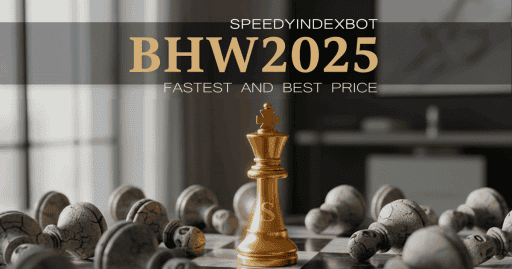
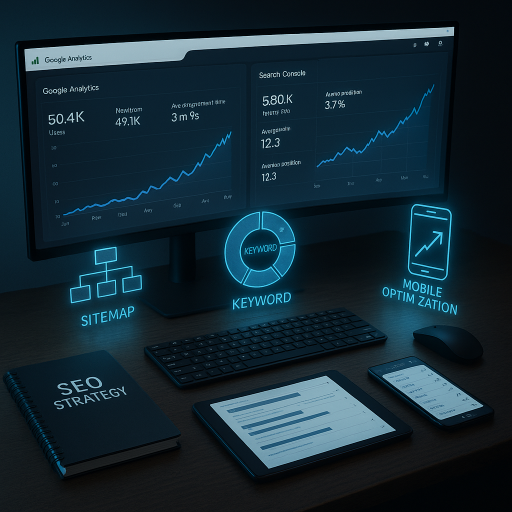
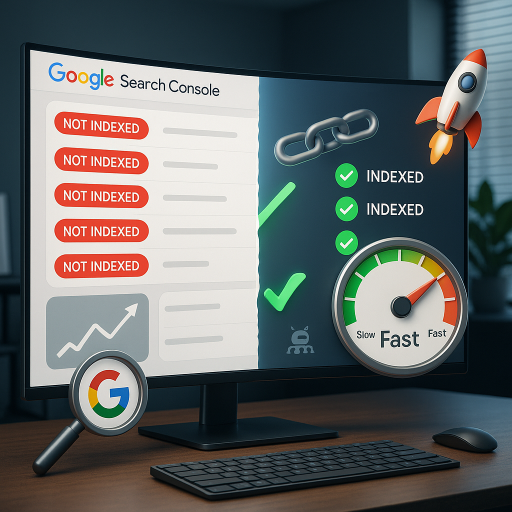
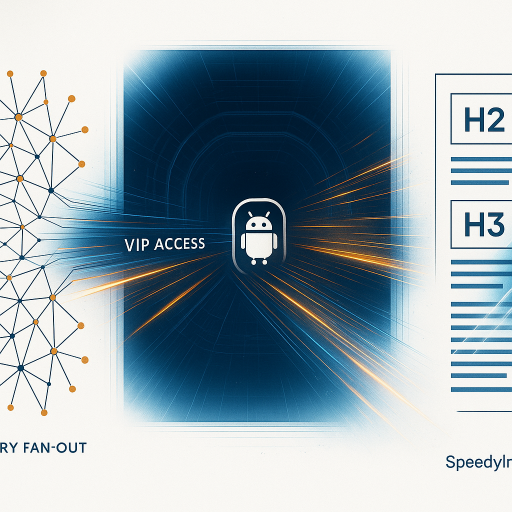
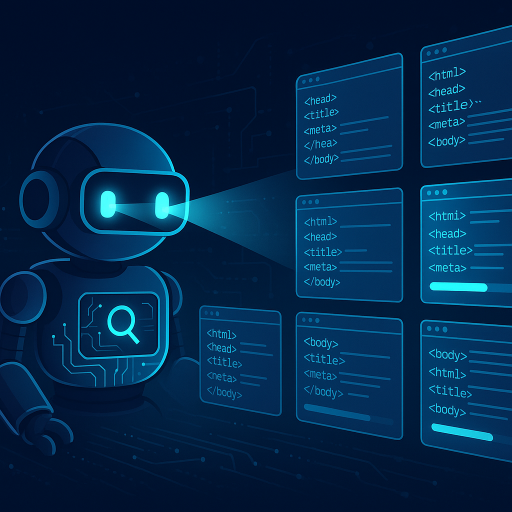
Good day.
The evolution of Google’s indexing mechanisms reminds me of how AI-driven content discovery tools like MarketMuse now prioritize semantic relevance over keyword density. While the article highlights crawl budget optimization, I wonder how voice search and zero-click results will reshape indexing priorities by 2025.
Could Google’s shift toward intent-based indexing create disparities for niche sites that rely on long-tail queries? The interplay between Core Web Vitals and indexation speed also deserves deeper exploration—especially with the rise of edge computing.